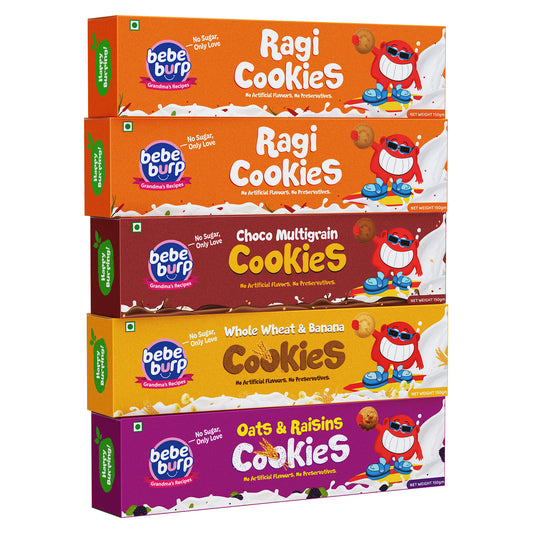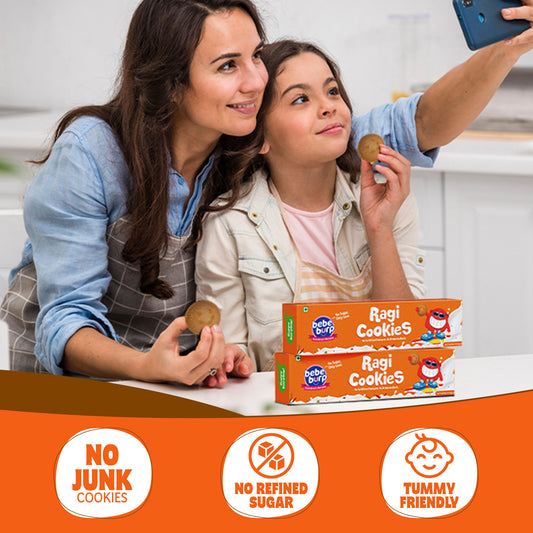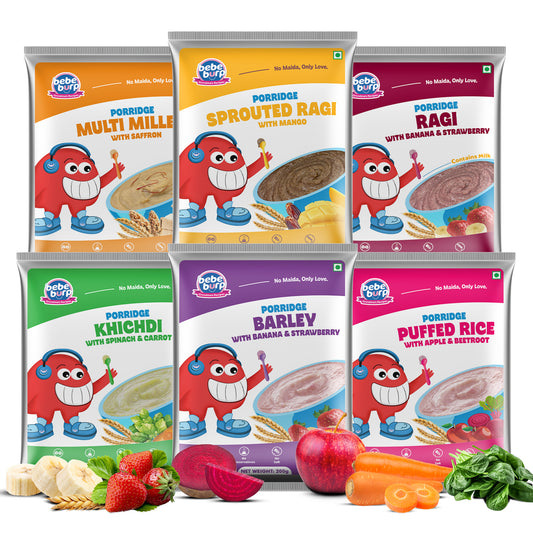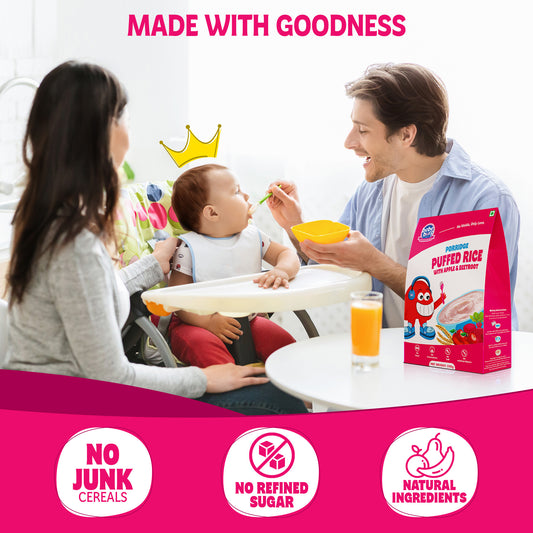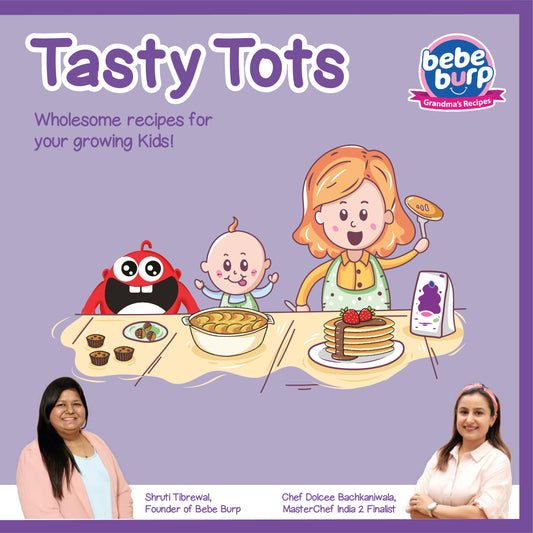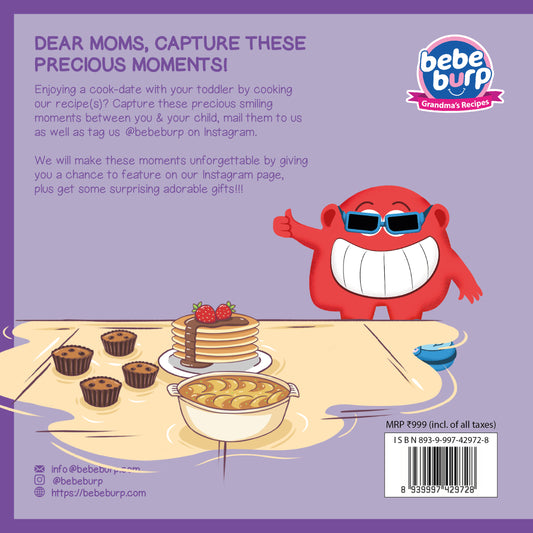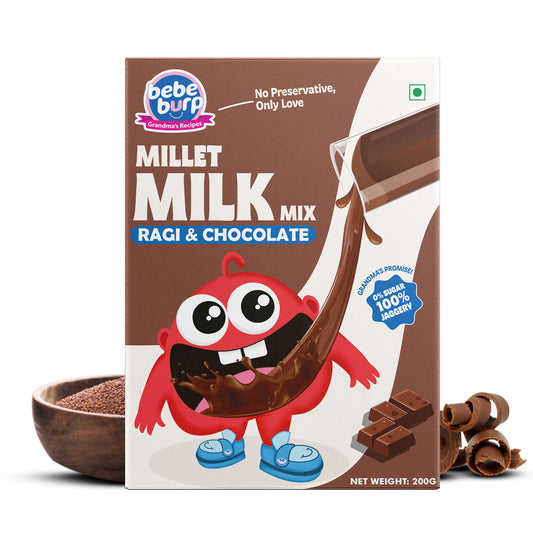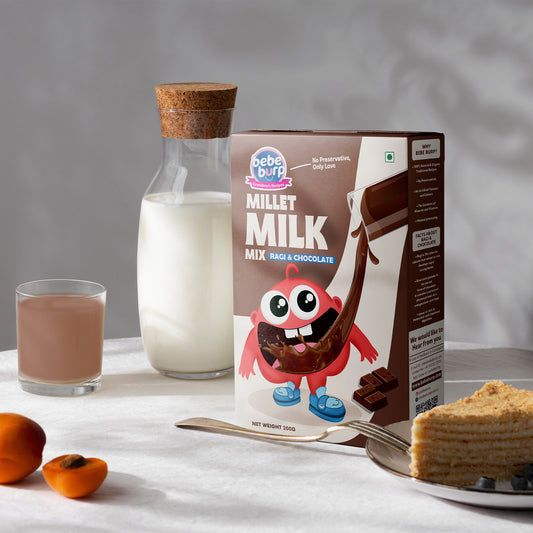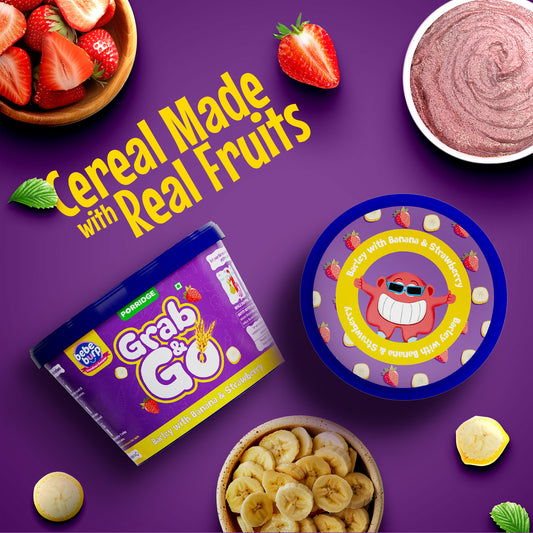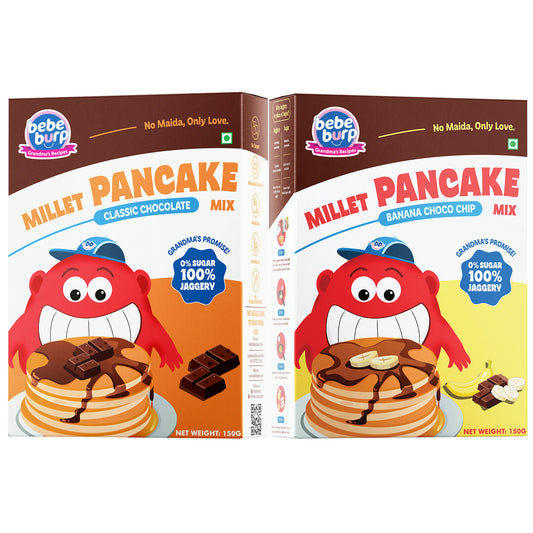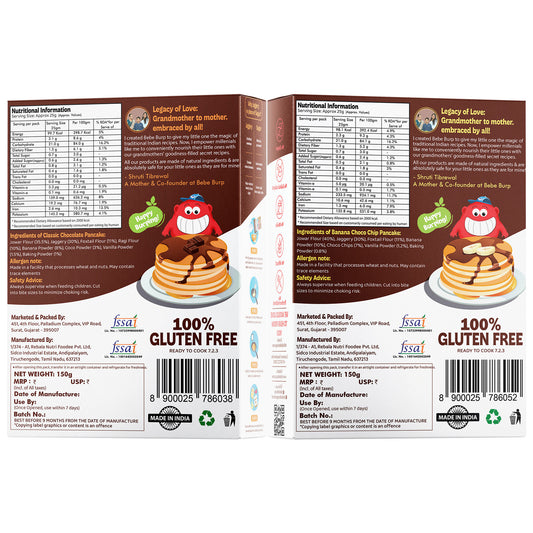The moment when you breastfeed your baby is one of the most thrilling moments of being a parent. Those small bites spell the initiation of your baby on his path to good eating.
Knowledge of best baby food and early nutrition is the essential factor in contributing to development, immunity, and brain formation.
The nutritional intake of your baby in the initial six months is a basic one, as the breast milk or formula milk is all they need.
With the help of a growing little one, it is high time to introduce solid food and first foods that will help develop chewing, digestion, and taste preferences.
This guide will allow you to easily navigate through all the phases newborn food, all the way to toddler feeding with simple charts, recipes, and tips that are given by the experts.
When and How to Start Solid Foods for Infants
Solid foods should be introduced at the time of about 6 months of age.
To be aware of such signs as your baby sitting up without any support, being interested in food, and opening his or her mouth when you offer a spoon.
Start with simple and smooth-textured first foods like:
- Rice or ragi porridge
- Mashed banana or apple puree
- Boiled and smashed carrot or pumpkin.
Add one new food at a time with a time interval of 3 days to ensure that there are no allergies.
Always make sure your baby is lying in a comfortable position with his head up- that is, when you are feeding- and, during mealtime is a bonding time with your baby!
4–6 Month Baby Food: Early Weaning and First Foods
This is the period in which babies undergo weaning where they gradually stop consuming milk and begin taking the infant food. Begin with weaning foods that can be digested easily such as:
- Breast milk or formula rice cereal.
- Moong dal or Dal water soup.
-
Mashed fruits like banana, papaya, or avocado
Sample 5-Month Baby Food Chart:
| Time | Food |
|---|---|
| Breakfast | Ragi porridge / Moong dal khichdi |
| Lunch | Mashed rice with ghee and dal |
| Snack | Steamed apple puree |
| Dinner | Vegetable soup |
| Before bed | Breast milk/formula |
Avoid sugar, salt, honey, and cow’s milk at this age. Maintain soft and smooth foods so your baby can develop gradually in terms of his digestion.
6 Month Baby Food Chart & Feeding Schedule
At 6 months, your infant is now prepared to have variety! The food chart of a 6-month-old baby food chart should consist of food rich in iron such as cereals, fruit and vegetable foods.
Sample 6-Month Baby Food Menu:
| Time | Food |
|---|---|
| Breakfast | Ragi porridge / Moong dal khichdi |
| Lunch | Mashed rice with ghee and dal |
| Snack | Steamed apple puree |
| Dinner | Vegetable soup |
| Before bed | Breast milk/formula |
Introduce water in small sips after meals.
If you use infant food 6 months+, choose trusted organic options like Bebe Burp homemade baby cereals that are free from preservatives and refined sugar.
7–8 Month Baby Food: Exploring Textures and Flavors
Now your baby is more curious and playful with food. You can start finger foods that promote self-feeding.
Examples:
- Soft idli, mashed sweet potato, boiled carrot sticks
- Suji upma, poha, or soft khichdi
- Fruit chunks like pear or papaya
7–8 Month Baby Food Chart:
| Time | Food |
|---|---|
| Breakfast | Mashed fruits + Oats porridge |
| Lunch | Soft khichdi with veggies |
| Snack | Ragi ladoo (small pieces) |
| Dinner | Rice + Moong dal + Ghee |
| Before bed | Milk feeding |
Encourage your baby to touch and taste. Some mess is okay — it’s part of food feeding learning!
9–10 Month Baby Food: Family Foods & Self-Feeding
At this stage, your baby can join the family table! Offer soft, mashed versions of family meals like dal-chawal, sabzi, and upma.
9–10 Month Baby Food Ideas:
- Chapati mashed with milk or dal
- Khichdi made of vegetables with a pinch of cumin.
- Suji halwa, soft boiled egg yolk (when non vegetarian)
When your baby isn’t eating food, then you can give him smaller meals more often. Additionally, such baby weight gain foods as ghee, banana, potato, and ragi.
11–12 Month Baby Food: Transition to Family Diet
Now that you have a one-year-old, he is ready on most home cooked foods. Gradually add purees and serve finely chopped foods.
12-Month Baby Food Chart:
| Time | Food |
|---|---|
| Breakfast | Chapati with ghee / Dosa / Idli |
| Lunch | Rice, dal, vegetables |
| Snack | Seasonal fruit or homemade biscuits |
| Dinner | Khichdi or soft roti with curry |
Avoid spicy and fried foods. Continue with breast milk or cow’s milk as part of a balanced diet.
1–2 Years Baby Food Chart & Recipes
Meal variety is now an issue since your child is already a toddler!
- Incorporate vegetables, fruits, whole grains, and rich sources of protein foods.
- Provide 3 major meals and 2 wholesome snacks a day.
- Keep on trying new textures and family meals.
1-Year Baby Diet Chart (Indian Style):
| Time | Food |
|---|---|
| Breakfast | Vegetable poha / Ragi pancake |
| Lunch | Rice + dal + curd |
| Snack | Fruit bowl / Makhana |
| Dinner | Soft roti + sabzi |
| Bedtime | Milk |
For 2-year-olds, make meals fun — mini parathas, smoothies, or colorful vegetable pulao.
Best Foods for Baby Weight Gain & Development
Include to support growth and brain development, include:
- Grichlak foods: spinach, ragi, moong dal.
- Calcium foods: paneer, curd, sesame seeds
- Healthy fats: ghee, nuts (powdered), avocado
- Protein foods: lentils, tofu, egg yolk
Do not give processed foods or food enhanced with sugar. Natural baby food will always contribute to the healthy development in the long term.
Baby Feeding Tools & Accessories
Feeding can be easier with the right tools:
- Baby food feeder for fruits and veggies
- Baby food masher and blender for smooth consistency
- Blender with quick steaming of baby food.
- BPA-free storage jars, spoons and bowls.
Ready-to-eat organic infant food brand such as Bebe Burp, Early Foods and Little Moppet are healthy options at any age.
Homemade vs Packaged Baby Food: What’s Better?
Baby food recipes made at home are never stale, unsafe, and costly.
Packaged infant foods that are prepared using natural ingredients, however, can be of assistance when traveling or when short of time.
Choose trusted Indian brands that use:
- 100% natural grains and fruits
- None of preservatives, added sugar, or salt.
Bebe Burp makes organic baby cereals using traditional recipes - these are just the right products that modern parents can give to their babies and have it at their comfort pack.
Tips for Safe & Healthy Baby Feeding
- Wash hands and dishes prior to each meal.
- Don’t force-feed — babies eat as per appetite.
- Avoid cow’s milk before 1 year.
- Always check food temperature.
- Keep mealtime fun and interactive!
Conclusion
The food process by your baby is a beautiful experience, starting with small spoons of childhood food till the happiness of eating with your family.
All babies are unique in growth, and thus practice the diversity, freshness and affection with each bite.
Discover healthy, ready to eat, baby food products on bebeburp.com - prepared using natural ingredients and moms approval.
Because a healthy start today builds a happy tomorrow!


